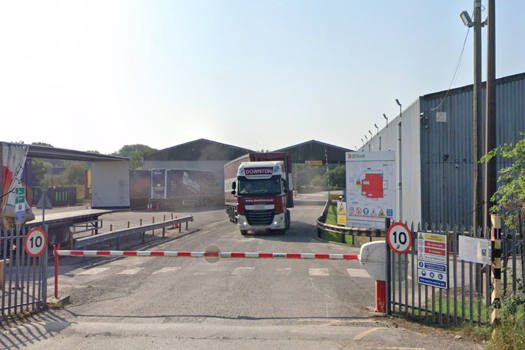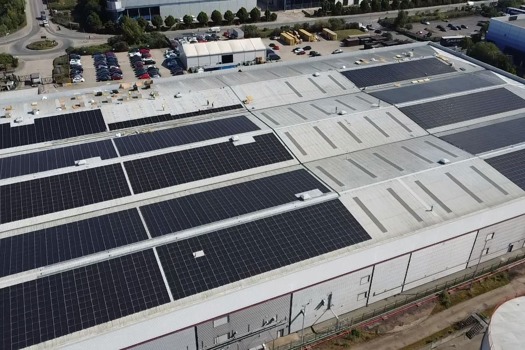Attracted by its scale and fragmented nature – the European market is valued at over €600bn (£521bn) – both strategic players and financial investors have been highly acquisitive in the sector, consolidating positions and creating equity value through synergy realisation.
Consolidation brings benefits to both the industry and the consolidator. From a market perspective, it helps to maintain supply and demand balance, it can encourage rational allocation of resources and supports the balance of pricing power.
For the consolidator, the benefits can be substantial and impactful. Not only does M&A provide a mechanism to rapidly broaden service offerings and capabilities, build scale and geographical footprint, it can also be a highly effective route to rapidly grow profitability and value creation.
The scale of synergies that can be achieved through the combination of two sizeable print businesses can be significant. Synergies can be achieved in a range of areas including economies of scale in procurement, head office and senior management costs, through to manufacturing footprint rationalisation.
It is not uncommon for synergies to be in the range of one-to-two times the target’s EBITDA, even greater if site consolidation opportunities exit. This is a huge appeal to consolidators and makes post-synergy acquisition multiples in the sector very attractive.
The recent acquisition of Quad/Graphics’ European printing operations by Capmont, brings a new private equity player into the industry who no doubt has M&A and consolidation in their sights.
We asked Henrik Munte, partner at Capmont, how he viewed the M&A opportunity in the print sector and whether this would be part of the go-forward strategy for his latest investment. He said: “We are very enthusiastic about the acquisition of Quad. As the European market remains highly fragmented, we are convinced that there are great M&A opportunities to actively consolidate the commercial printing landscape and scale Quad’s highly competitive production capacities. Quad is set to gain additional market share while customers will benefit from a strong long-term partner with highest quality and delivery performance.”
Of course, consolidation plays in the print sector are not a new theme. For example, Walstead Group backed by Rutland Partners has been one of the most prolific acquirers. Starting with the initial acquisition of Wyndeham Press Group in 2008, Walstead has since made eight further acquisitions including Bertelsmann’s Spanish operations, Leykam Druck in Austria, and the LSC Communications (formerly RR Donnelley) European operations based in Poland.
Walstead now operates from 11 manufacturing sites in seven countries from which it serves approximately 80% of the European print market. Through M&A and organic growth, Walstead is now the largest commercial operator in Europe with approximately 15% of the web offset market, which is double the size of its closest competitor.
With so much achieved, does Mark Scanlon, chairman of Walstead, think the story is complete? He says: “Clearly, we have achieved a lot over the last decade. We’ve built a large, efficient and well-invested business. We have market leading positions in key countries, we have a fantastic range of blue-chip customers and the most extensive range of manufacturing equipment.
“Are we done? Well, we’re only just getting started!” he quips.
Walstead is also casting its net wider and looking at M&A opportunities beyond its current core markets. Scanlon adds: “When I look at the European market, so much opportunity remains. Yes, we are now the only player of scale in the UK, but the rest of Europe remains highly fragmented and with a finely tuned approach of acquiring, integrating and delivering synergies, Walstead will continue to grow both in scale, capability, and market reach.”
So, while there remains appetite for consolidation from several players in the sector, the real question is who will lead the next big deal? We at AlixPartners are convinced that there are great M&A opportunities to actively consolidate and scale.
In addition to Walstead, there are a handful of medium to large players in the sector including the former Quad Europe business, Stibo, Euro-Druckservice, Em de Jong and Elcograf. They are owned by either PE firms or private shareholders. Given the scale of synergies that could be achieved by any combination of these businesses, surely it can’t be long before someone can’t resist the opportunity?
Nick Wood is partner and managing director, Head of Corporate Finance Advisory and Capital Solutions, at AlixPartners.









